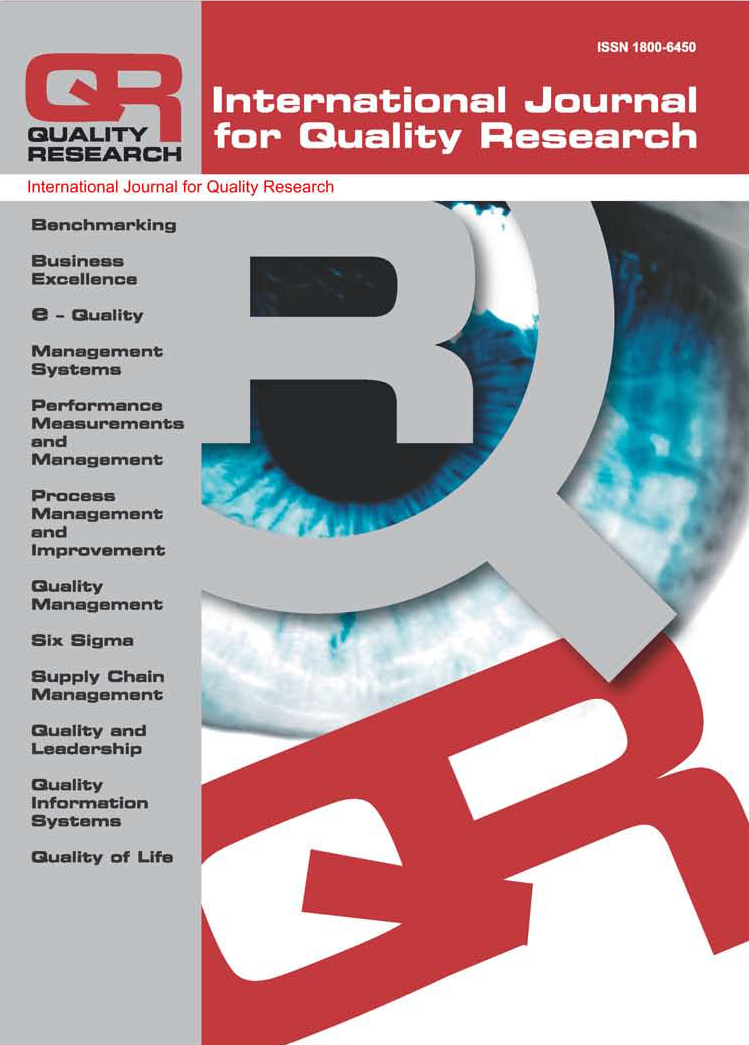FROM UNEMPLOYMENT TO WORK: AN ECONOMETRIC ANALYSIS WITH SPATIAL CONSTRAINTS
O. Calavrezo, F. Sari
Abstract: The aim of our research is to analyze how the urban organization affects the unemployment-to-work transitions by considering several spatial indicators. This permits to capture two separate effects: "spatial mismatch" and "neighbourhood effects". In order to study the unemployment-to-work transitions, we implement survival models. They are applied on a sample obtained by merging three French databases: the "Trajectoires des demandeurs d'emplois" survey, the 1999 French census and finally, a database containing town inventory information. More precisely, in this paper, we analyze the duration of the first observed employment episode by using spatial indicators and by controlling three potential biases (endogeneity bias, selection bias and attrition bias).
Keywords: analysis, unemployment-to-work transitions, spatial constraints, endogeneity bias, selection bias, attrition bias
DOI:
Recieved: 02.10.2008 Accepted: 15.11.2008 UDC: 005.95
Reads: 1585 







